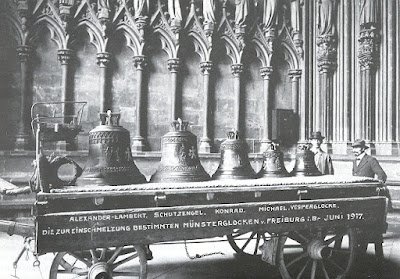
|
| ©John Quinlan, Madison |
This was a chance for Red Baron and his co-members of the Freiburg-Madison-Gesellschaft (FMG) to see their American friends again. We last visited them in 2013 on the occasion of celebrating 25 years of partnership between Freiburg and Madison.
Since Red Baron's passport had expired, he applied for a new one, but then Corona blew it all, and the new document was stowed away, staying virginal.
Nevertheless, Mayors Satja Rhodes-Conway and Martin Horn met last July … on Zoom, but nothing replaces the personal touch.
The official Freiburg Delegation of seven persons headed by Martin Horn will be in Madison from September 1 to 3. As in the past, FMG members of the Freiburg-Madison-Gesellschaft, guided by our president Toni Schlegel take the opportunity to visit our partner city during the same period. As chance would have it, our FMG group comprises seven people too.
The program our American friends have prepared is rich. We will first meet at the Madison Municipal Building on the morning of September 1.
Next in the afternoon will be the presentation of the electrical fire truck that Satja Rhodes-Conway mentioned during the Zoom conference. Martin Horn complemented the information with Freiburg's hydrogen fuel cell-driven garbage trucks. A Meet & Greet party will start late afternoon and last into the evening.
The next day, the State Capitol and the Olbrich Botanical Gardens are on the menu, followed by a presentation on resilience and stormwater management, an important topic these days. Remember, the Bohrerdamm project protecting Freiburg against the flood of the century was highly controversial.
On Saturday morning, the Delegation will visit the Farmers Market on Capitol Square before parting in the afternoon for Chicago, while members of the FMG group will leave in various directions.
*













